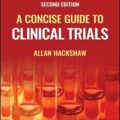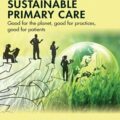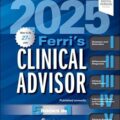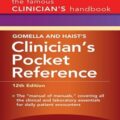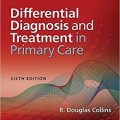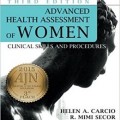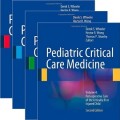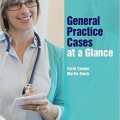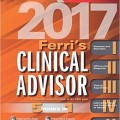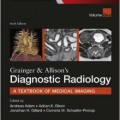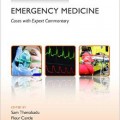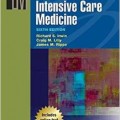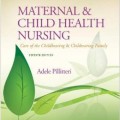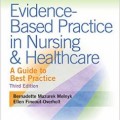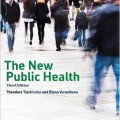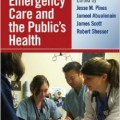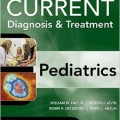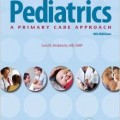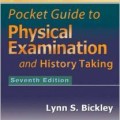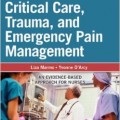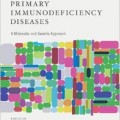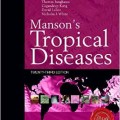Deliver quality healthcare in the most challenging field conditions
Comprehensive yet compact, practical, and enduring, Improvised Medicine: Providing Care in Extreme Environments, Second Edition, is the one book to toss into your bag when going to practice medicine in global, disaster, or other resource-poor settings, including theaters of war, regions of civil unrest, and economically deprived areas.
Full of practical clinical pearls and field-tested strategies, this indispensable guide provides detailed instructions on how to work successfully outside of your comfort zone. It demonstrates how to devise effective treatment solutions when the traditional tools (medications, equipment, and staff) are unavailable or when providing care outside your primary area of expertise.
In any crisis, from power failures and computer crashes to floods, tsunamis, and earthquakes, knowing how to deal with the unique challenges encountered saves lives and communities. This reference gives you that knowledge and inspires innovative crisis resolution.
FROM REVIEWS OF THE FIRST EDITION:
“Dr Iserson has given us a most remarkable book. Many readers may be familiar with David Werner’s lay healthworker book, Where There Is No Doctor; this new volume could be titled Where There Is a Doctor–But No Stuff. Drawing from his experience providing care in international, wilderness, and disaster settings, he has compiled an impressive collection of bare-bones equipment and work-around strategies to provide the best possible care in resource-poor settings. While presenting many creative examples, the purpose of the book is not to offer an exhaustive list of solutions to missing resource challenges but to inspire creativity in readers who may find themselves needing to improvise.” — Family Medicine
“There is a lot of material here and, if nothing else, it may motivate more people to practice low-tech medicine and be willing to go where health care is dependent more on caring than on cost. I recommend this book to anyone who must practice in austere environments, and it will be in my rucksack when I respond to the next disaster.” – The Journal of Emergency Medicine
FEATURES:
–Simple-to-follow directions, diagrams, and illustrations describing practical techniques and improvised equipment necessary to provide quality care during crises
–Contains improvisations in anesthesia and airway management, dentistry, gynecology/obstetrics, infectious disease/laboratory diagnosis, internal medicine, otolaryngology, pediatrics and malnutrition, orthopedics, psychiatry, and surgery
–Covers situational analysis and basic needs in a crisis; specific triage, diagnosis, and stabilization efforts; medical interventions for surgical and non-surgical problems; and debunks some commonly reported improvised techniques
–Features public health measures, basic disaster communication techniques, post-disaster forensics, a model hospital disaster plan, and innovative patient-transport methods
–New to the second edition: More concisely written, more extensively illustrated, and updated improvisations and references
LEARN HOW TO:
·Make an endotracheal tube in seconds
·Perform digital-oral and blind-nasotracheal intubations
·Make plaster bandages for splints/casts
·Give open-drop ether, ketamine drips, and halothane
·Use subcutaneous/intraperitoneal rehydration/transfusion
·Make ORS and standard nutrition formulas
·Clean, disinfect, and sterilize equipment for reuse
·Warm blood units in seconds inexpensively
·Take/view stereoscopic x-rays with standard equipment
·Quickly and easily stop postpartum hemorrhage
·Fashion surgical equipment from common items
·Build an evaporative refrigerator
·Make esophageal and precordial stethoscopes
·Quickly improvise a saline lock
·Make ECG electrode/defibrillator pads and ultrasound gel
·Evacuate patients easily from high-rise hospitals
Contents
۱ What Is Improvised Medicine?
۲ What Are Resource-Poor Situations?
۳ Communications
۴ Preventive Medicine/Public Health
۵ Basic Equipment
۶ Cleaning and Reusing Equipment
۷ Vital Signs, Measurements, and Triage
۸ Airway
۹ Breathing/Pulmonary
۱۰ Circulation/Cardiovascular
۱۱ Dehydration/Rehydration
۱۲ Vascular Access—Intravenous, Intraossseous, Clysis, and Peritoneal
۱۳ Medications/Pharmacy/Envenomations
۱۴ Analgesics
۱۵ Anesthesia—Local and Regional
۱۶ Sedation and General Anesthesia
۱۷ Anesthesia: Ketamine, Ether, and Halothane
۱۸ Transfusion
۱۹ Radiology/Imaging
۲۰ Laboratory
۲۱ Patient Transport/Evacuations
۲۲ Surgical Equipment
۲۳ Surgery: Non-Trauma and Environmental Injuries
۲۴ Surgery: Trauma
۲۵ Wounds and Burns
۲۶ Dental: Diagnosis, Equipment, Blocks, and Treatment
۲۷ Dental: Fillings, Extractions, and Trauma
۲۸ Otolaryngology (Ear, Nose, and Throat)
۲۹ Neurology/Neurosurgery
۳۰ Ophthalmology
۳۱ Obstetrics/Gynecology
۳۲ Orthopedics
۳۳ Urology
۳۴ Gastroenterology
۳۵ Infectious Diseases
۳۶ Malnutrition
۳۷ Pediatrics and Neonatal
۳۸ Psychiatry
۳۹ Rehabilitation



